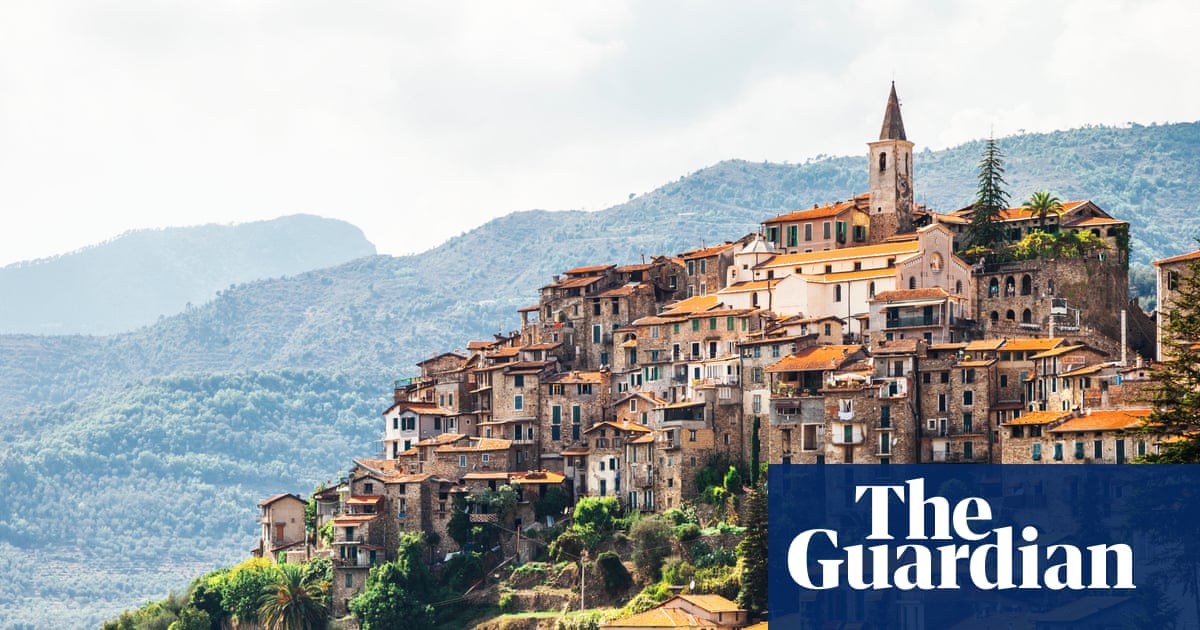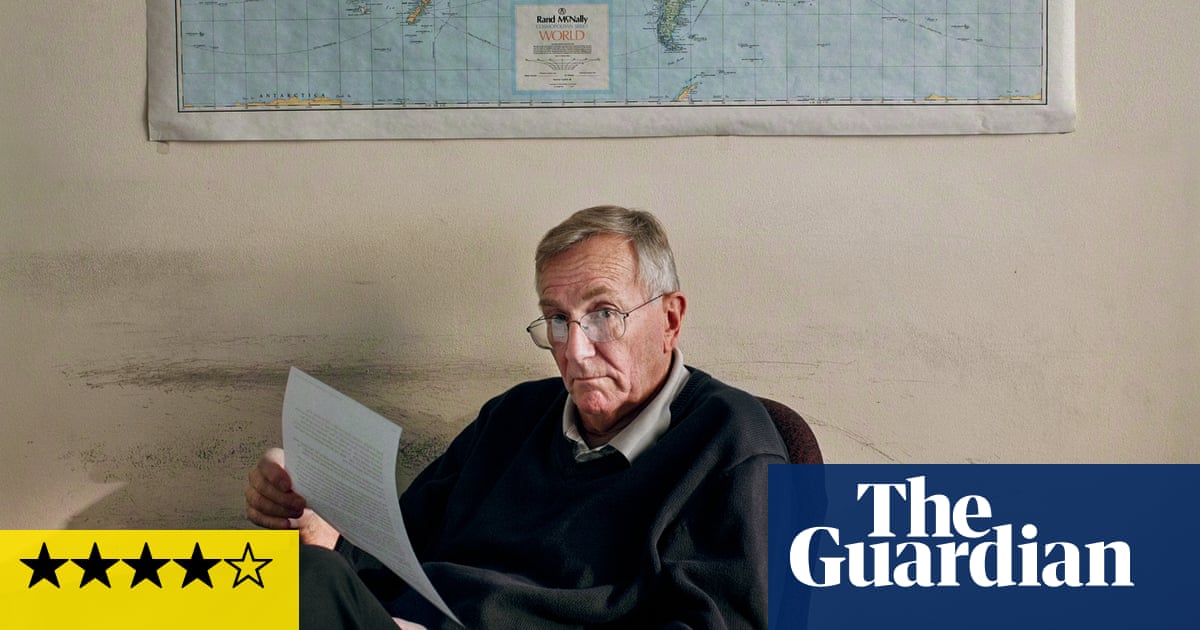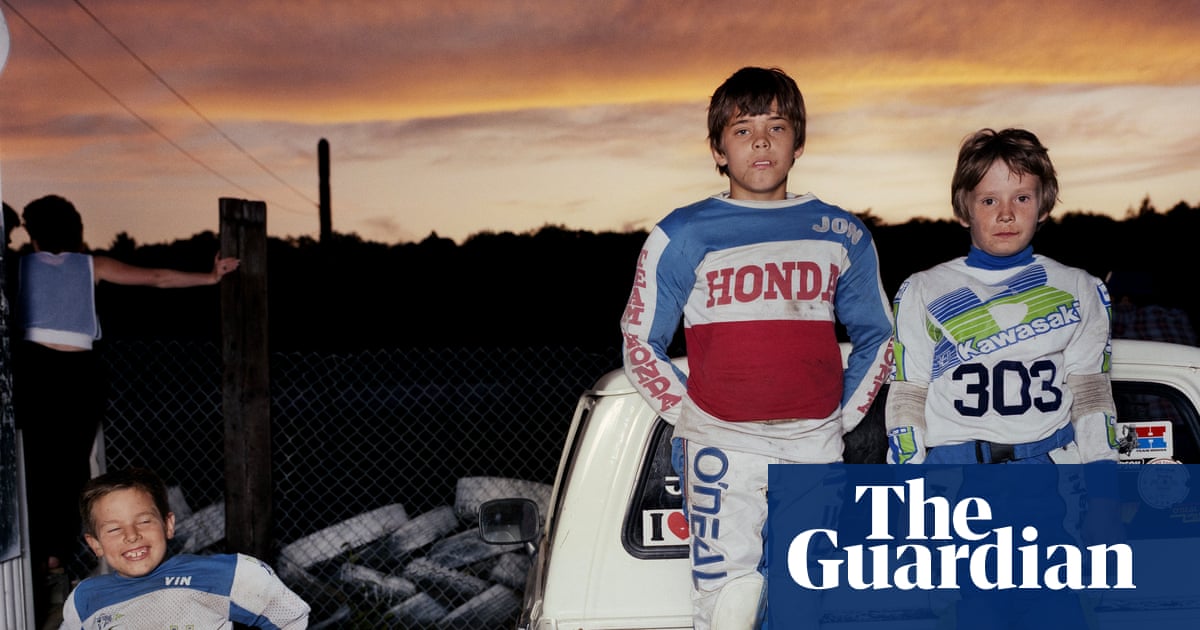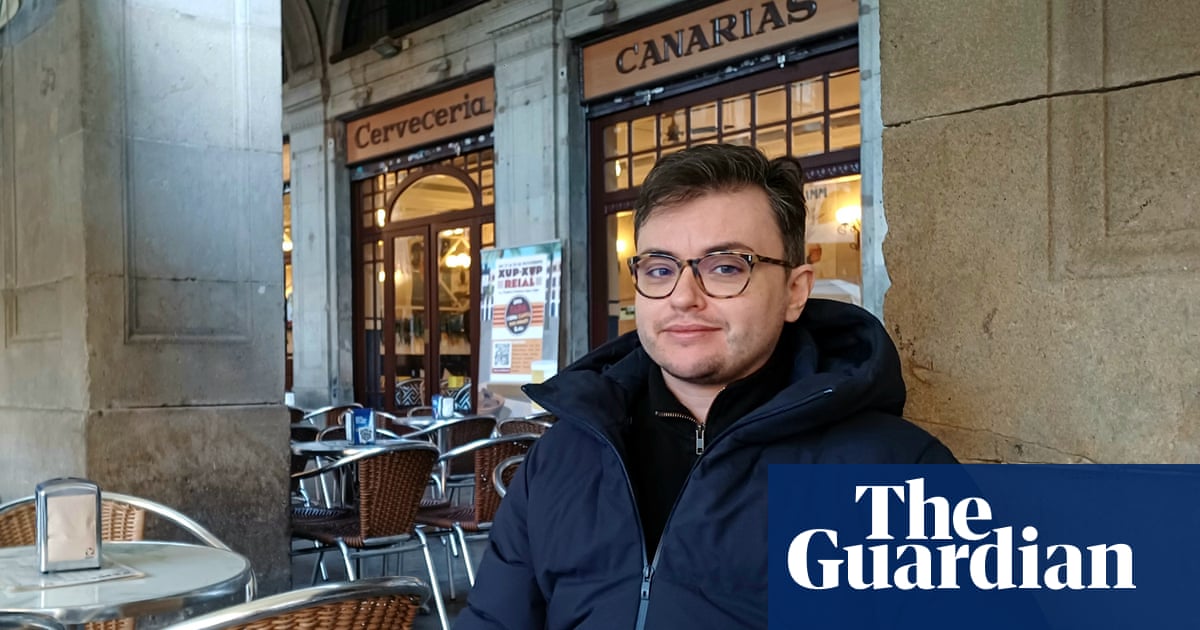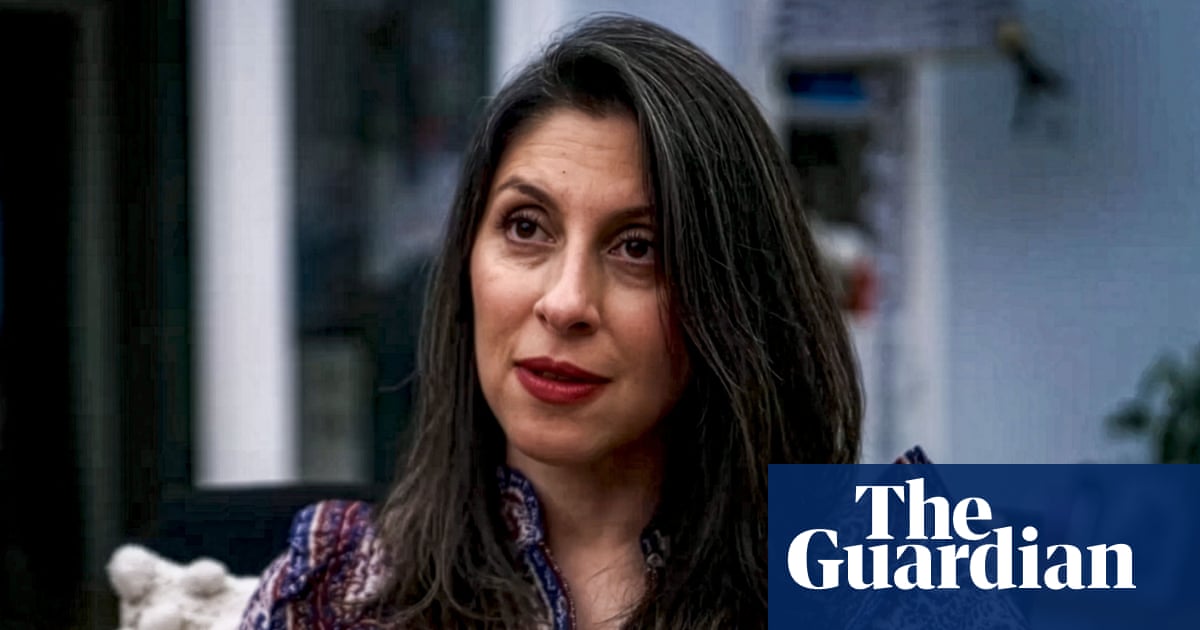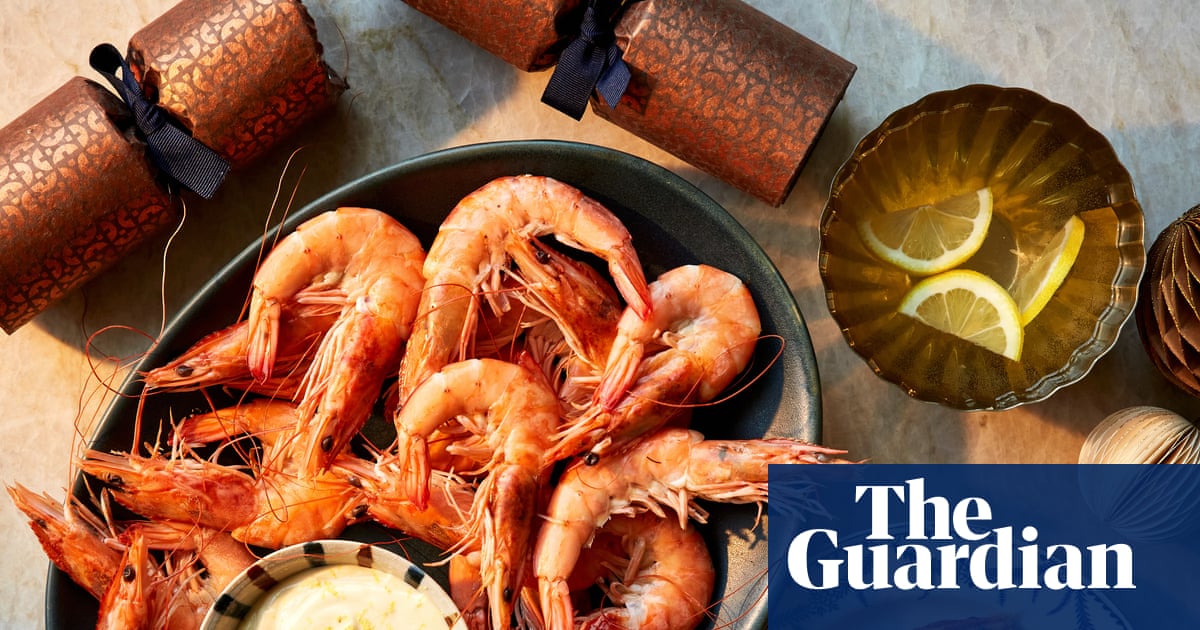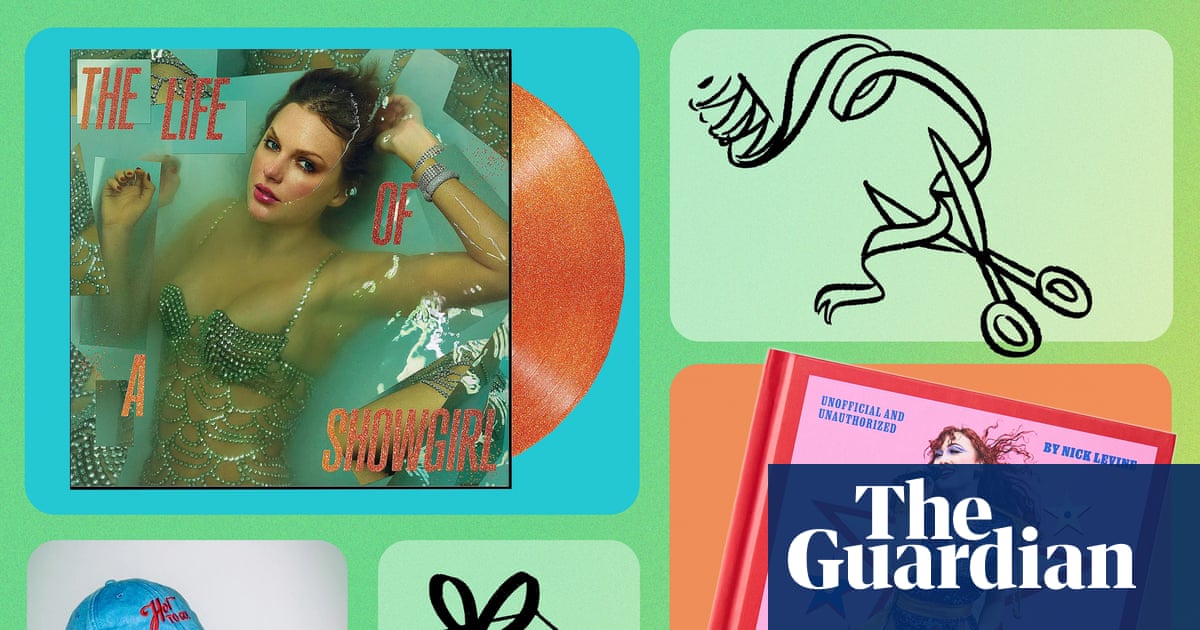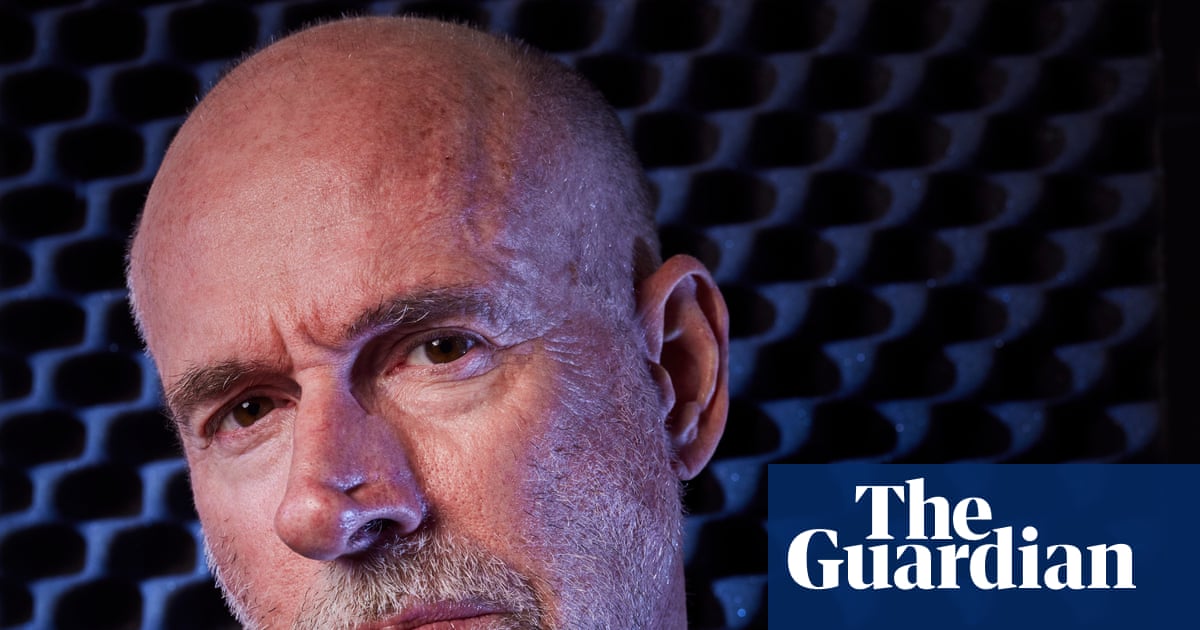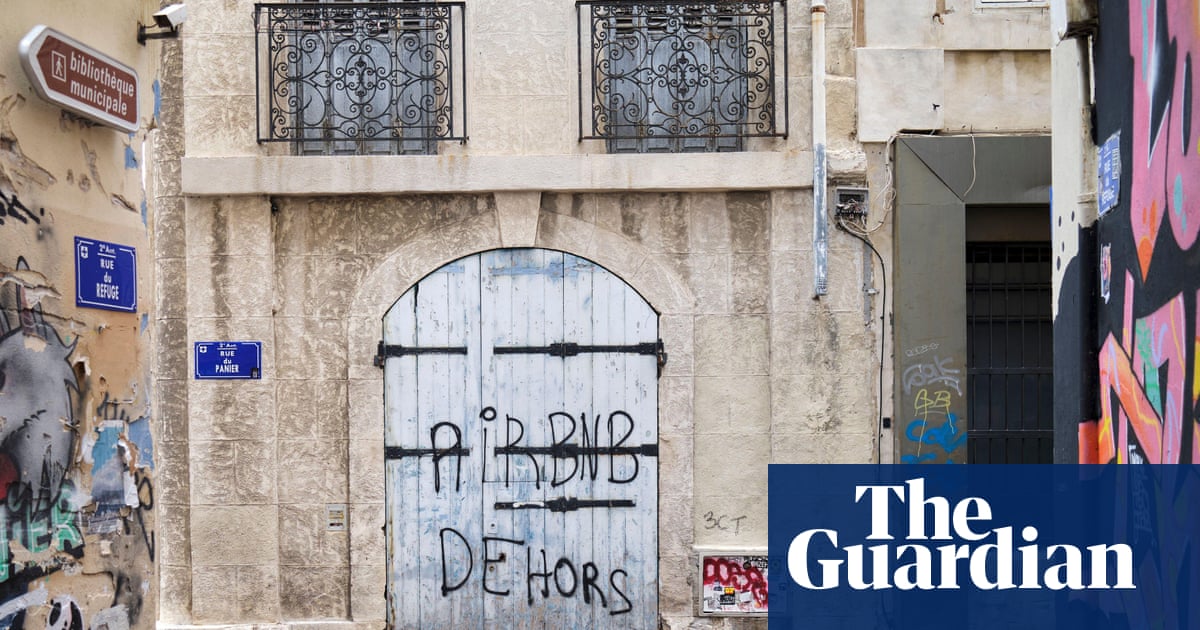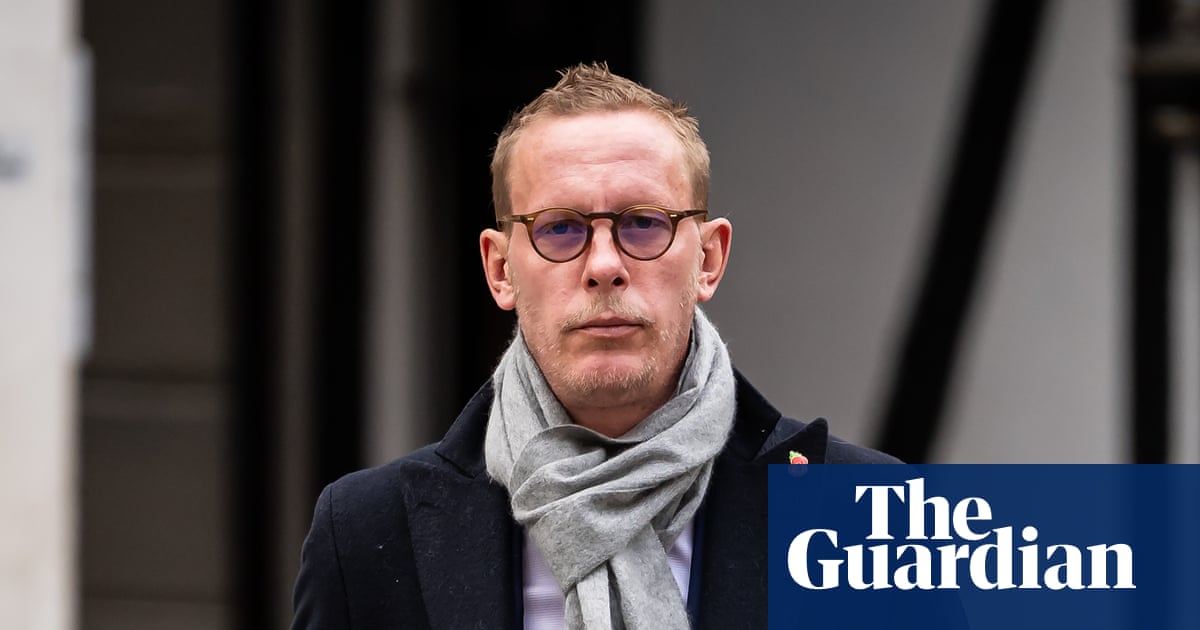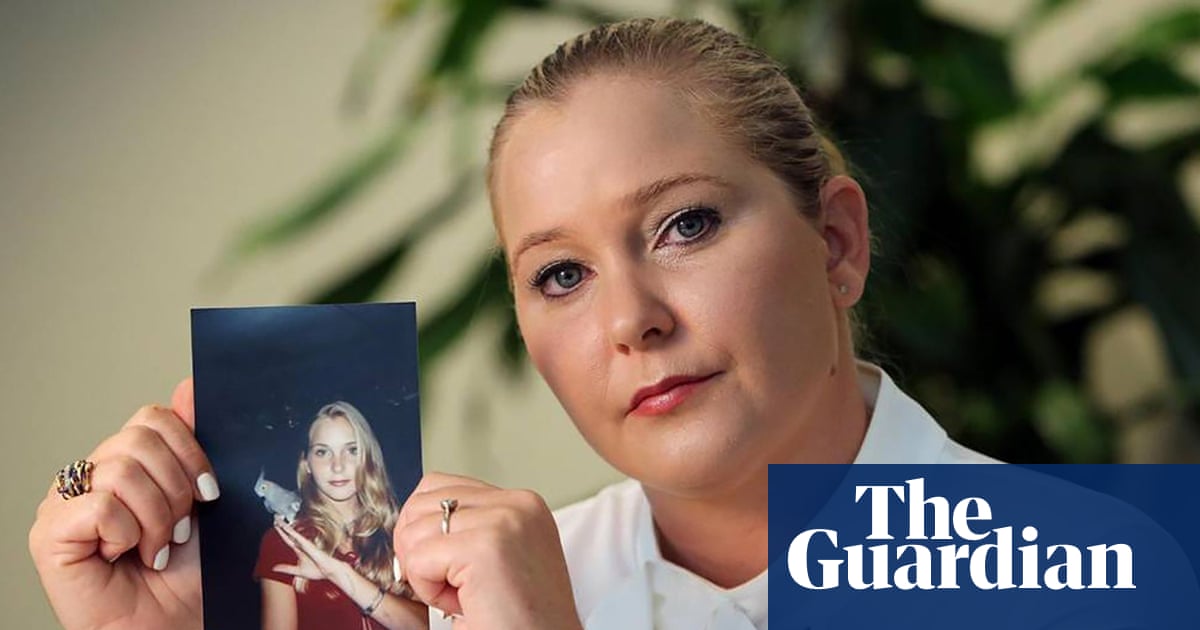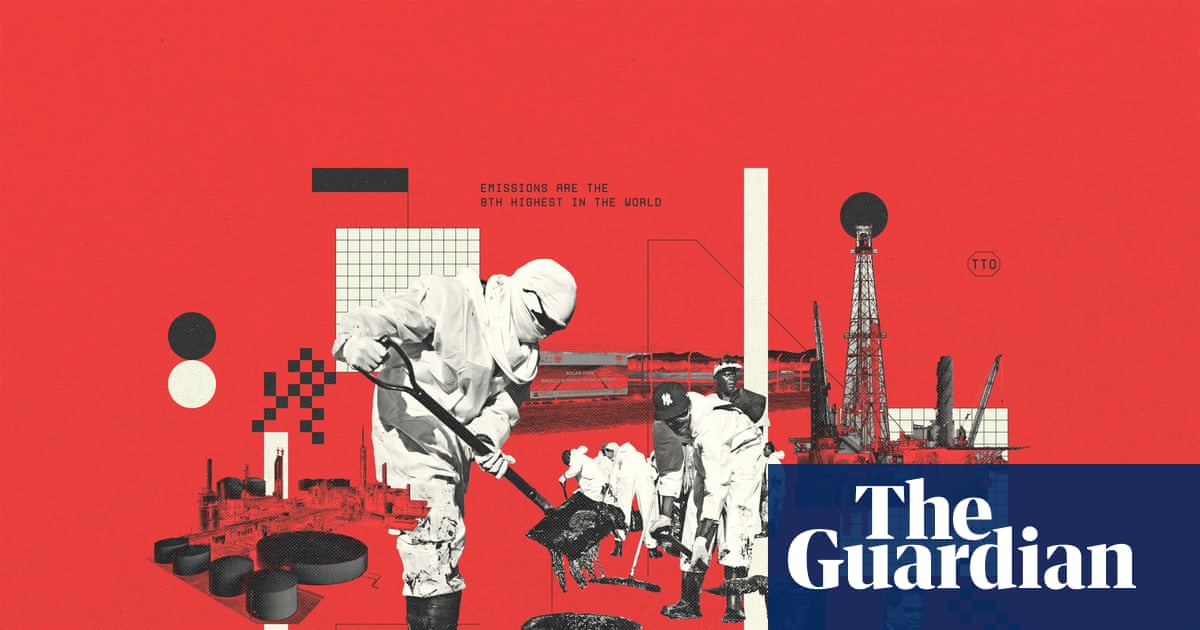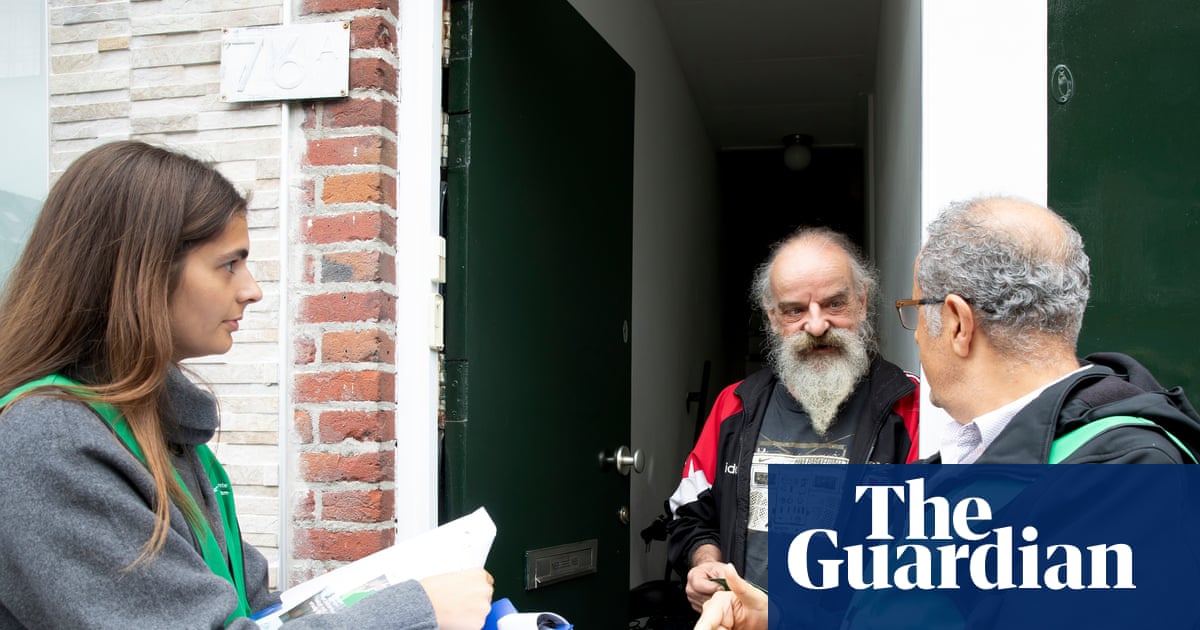When I meet Sagarika Sundaram at Alison Jacques gallery in London, she is in the middle of installing her show. Squares of colourful, hand-dyed fabric lay flat across the floor like quilts. But next week, when her solo show opens, the works will look completely different: bold patterns and textures will spill out from buried layers she refers to variably as “tongues”, “pockets” and “clues”. One piece of felt, folded in the corner, will be spliced, unfurled and dangled from the ceiling like a canopy.
Once suspended in this way, Sundaram’s textiles transform into monumental, tactile sculptures. Some stretch as wide as 30ft, others prop themselves up like tents. “I describe them as blooming from themselves, these layered things,” the New York-based artist tells me, slipping off her shoes to climb over one and peel back hidden folds. “When it cuts open, that’s when something activates for me … Suddenly it’s alive.”
The cutting is the final stage in a labour-intensive process, which often takes Sundaram up to six weeks to complete. She begins by making paper models and huge pots of dye, before compressing the hand-coloured wool into felt. After carefully sandwiching her layers of fabric together, she soaks them and leaves them to dry overnight.
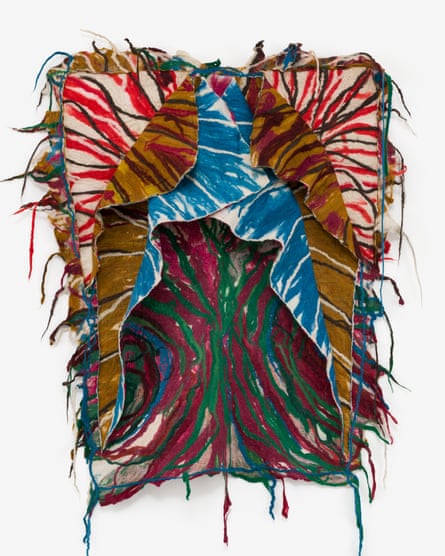
In a way, she works backwards: the final layer becomes the front of the sculpture. Sometimes, after so many weeks of making, she forgets what those initial surfaces look like, or how they might all relate to each other when carved open. “It’s like pulling a rabbit out of a hat,” she says, smiling. “I have a lot of fun making my work.”
Sundaram’s upcoming show is her third solo show and her first in the UK. Titled Release, she sees it as a synthesis of her practice over the last five years and her evolving influences, which include temple architecture, dance and the mandala. Many of the pieces around us were flown in earlier this week and are yet to be cut. It’s something she’ll do in private in the days leading up to the show.
Even after five years of making this kind of work, does she ever feel scared about cutting through something she’s spent so long constructing, I ask? Sometimes, she says, but the thrill overrides any doubts she might have. “I think there’s something really transgressive about cutting the cloth that I’ve laboured over,” she tells me. “And that risk is exciting.”
Growing up between India, where she went to boarding school, and her family home in Dubai, Sungaram’s first encounters with art were beyond the gallery. She recalls the “art” she found “in the everyday”: making kaleidoscopes from her mother’s crushed bangles, watching her grandparents take pride in the precise chopping of vegetables. She was introduced to textiles in school and went on to study graphic design at university, before specialising in cloth and dye training, but she considers her childhood interactions and observations as formative to her practice. Watching her grandmother handle their saris, for example, still resonates. “I’m thinking about how elegantly and precisely she used a stick to fold her sari. First, she would wash it – nine yards of cloth – and then she’d throw it on to a clothesline and precisely open it up,” she says. “It’s taking a flat plane and giving it volume with one piece of cloth … I think the way I handle the cloth comes from watching all of that, you know?”
Another early influence was her father’s origami lessons: “I grew up around folding paper, understanding the grain of paper, creasing, cutting. I think a lot of that shows up in the work as well, because you could think of these as sheets of paper.”
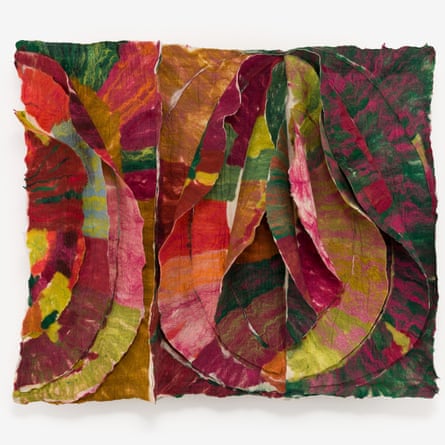
Sundaram often speaks about her work in this cross-disciplinary way: she describes her actions as sketching and painting; she likens the washed-out patches of dye to watercolour and the rough cross-hatched marks to charcoal. She also draws parallels between dye-making and cooking: both are sensitive to temperature and how you handle your material, she says. “You have to be able to problem solve, and go up and down the chain of the process and say: why didn’t this work out? OK, that’s probably where it happened, and try again.” Accordingly, her works resist easy categorisation. “They’re in between things,” she says.
after newsletter promotion
Though Sundaram is an up-and-coming name in the art world – next year she’ll show at the Henry Moore Institute in Leeds – her approach still has a rudimentary energy. She’s moved studios five times this year and continues to make her dyes from her bathroom at home, which she’s semi-repurposed as a lab. And despite her watertight knowledge of colour and fabric, and the rigorous planning behind each of her structures, experimentation feels like a core part of her practice. Recent endeavours include playing with less saturated colours, opacity and web-like forms, as well as mosaics – details of her felt works blown up and replicated in glass – all of which will be displayed in this show. She feels as if she’s only just getting started.
Last week, before flying over from New York, she set herself a challenge: to create a new work each day, between the hours of 9am and 6pm. “It was really exciting and fun and new,” she says. “When I’m moving quickly, there’s no time to think, it just goes very directly through my hands. I’m almost lost, and I like that.”
This intuition will also guide the final fabric cuts she has to make before the show opens. Holding up one unfinished work, she says: “I’m excited, I’m scared, but I think it’s the right decision … Once I cut it, I won’t ever remember it as what it was, you know? But it has to be done.”

.png) 1 month ago
55
1 month ago
55



